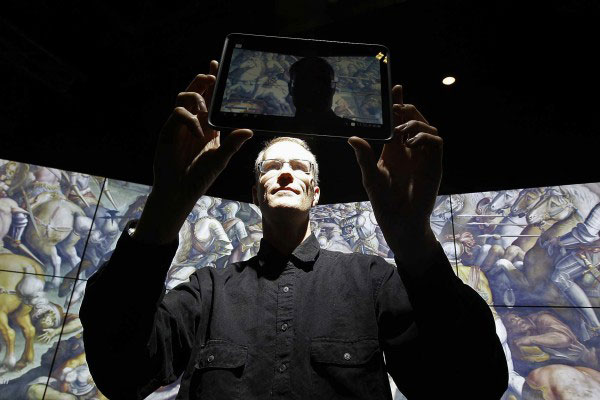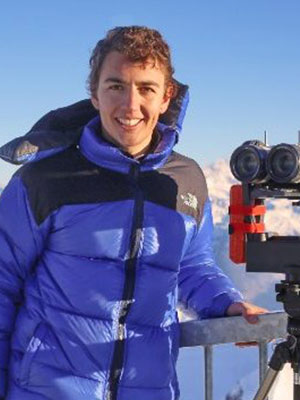
Falko Kuester is a professor of structural engineering and computer science in UC San Diego’s Jacobs School of Engineering, and also directs the Cultural Heritage Engineering and Innovation Initiative (CHEI) and the Center of Interdisciplinary Science for Art, Architecture and Archaeology (CISA3) in the Qualcomm Institute. Professor Kuester also directs Calit2’s Center of Graphics, Visualization and Virtual Reality (GRAVITY). As Principal Investigator of an NSF IGERT-TEECH project in cultural heritage diagnostics engineering, Kuester and his team worked on methodologies and techniques for cultural heritage diagnostics and preservation, including diagnostic and analytical imaging as well as visual and cultural analytics in collaborative digital workspaces that provide engineers, scientists, art historians with a means to intuitively and interactively explore historic artifacts and sites. Ongoing research in this area through CHEI, CISA3 and the Bermuda 100 Challenge is expanding the role of engineering in cultural heritage conservation and providing a means for researchers and the public alike to study cultural heritage and facilitate its preservation.

















